Salt, in my opinion, is one of Man’s greatest discoveries. Throughout Earth’s many, many years, people have figured out that excessive amounts of salt could preserve food, pinches of salt could enhance the flavor of your meal, and that one little grain could make a pesky slug shrivel up in fear and pain. When breathed in with humid air, salt can clear up your sinuses and leave you feeling rejuvenated (to an extent).
While I’m here at GTL, I plan on traveling every weekend – maybe every other weekend – to a new city. So far, I’ve only made it to Paris, but I spent this last weekend in one of the most beautiful cities I have ever been to – Salzburg, Austria. The name, Salzburg, quite literally translates to “Salt Castle,” so I felt almost right at home, with the city’s given name being a combination of two of my favorite things: salt and medieval things! Since the dark ages, Salzburg has definitely grown, both commercially and residentially, into a hotspot for tourism, which is what I assume to be a result of it both being the birthplace of Mozart, one of the history’s most well known and most talented classical composers, and it’s direct link to the Salzberg, which translates to “Salt Mountain”. Luckily, I had enough time in the nearly two days I was there to explore both of these sites and more, while having the best time ever!

Part of the main square in Salzburg
After a nearly seven hour trip, I arrived at the Salzburg Hauptbahnhof late on a Friday afternoon. I was with two of my friends from GTL, and for fear of getting lost and spending too much money and time trying to figure out the bus system, we walked the two kilometers to our hostel (which normally would not be a problem, but there was about two feet of snow covering the sidewalks, and where there wasn’t snow, there was very, very slippery ice). Once at the hostel, the three of us checked in, got settled in our room, and recuperated for an hour or two before deciding on where to eat dinner. Landing on a local schnitzel hall, we made our way, following the lust of our rumbling stomachs, into a large, loud, smoke-filled old monastery that had been transformed into a place of drunk and merry Austrians. We went back to the hostel that night, our bellies filled, our spirits high, and prepared ourselves for the day ahead of us.
Early Saturday morning, another friend of ours made her way to the hostel to drop off her things and set off with us on another great adventure. We left at around nine or so and headed to the Hauptbahnhof to catch a bus to the very famous salt mines that lay about thirty minutes away, nestled deep in the Salt Mountains. Unfortunately, we got mixed up in the bus system, missed the original bus we should have taken, and ended up waiting another hour for the next one. We killed a bit of time walking around the small shopping mall right outside the station, and got some tea and coffee to keep us warm until our transportation arrived. Finally, after an hour of waiting in and out of the freezing Austrian weather, our bus came, and we were headed towards a day of salt and castles.
Once at the salt mines, we were instructed to put on these black, thick, canvas-like body suits over our clothes, and were given small audio translators for the tour. We all followed a group of people onto this roller coaster/train thing that drove us deep underground. At the end of the ride, we got off the train and walked over to a giant slide that was to take us even deeper into the mine. The whole lot of us was being led by a tour guide who taught us a lot of interesting things about the mine, including it’s history, the salt-extracting processes, and the importance of salt in the world, but more specifically, Salzburg.
During the tour, there was a boat ride, complete with really cool visuals and music accompaniment, over the beautiful Mirror Lake. The water was so reflective, that it looked transparent. It was definitely one of the cooler things nature has shown me. Learning about salt all along the way, we had one more slide to go down, an elevator to go up, and a short train ride to finish the tour. Afterwards, I found myself in the gift shop, buying a 60 cent box of salt, because I mean, that’s a 60 cent box of salt, why would you not buy it?

The salt mine!
Later on that day, we spent about 2 hours touring the castle and Cathedral. The views from the upper courtyards were spectacular, and I felt like I was a great king looking over his great kingdom. Not really, but it was cool to pretend for a minute! My friends and I had nearly explored the whole place, when, alas, it was closing time. My biggest regret of the day was that we didn’t visit the castle earlier (but hey, I can always go back for Salzburg part two). After leaving the castle, we traveled back to the hostel to drop off souvenirs and get pro-tips on where to eat. An Australian who was in our room ended up going out with us, which was actually really cool because I had never met anyone and had a meal with them that same day!

A wonderful view from the top of the castle
On Sunday morning, we checked out, headed to the Hauptbahnhof, and started our seven plus hour journey back to GTL. On the train ride back, I was reflecting over the weekend and talking with my friends about how much life has to offer us. Life is full of really cool experiences, and really cool people, and I feel that if you open your heart and mind just a little, you can take a glimpse at what this world has to offer you! This weekend forged some really interesting friendships, and it made my relationships with my friends from GTL even stronger. The whole point of this extremely long post is that Europe is amazing, and that people should travel young, especially alone or with a very small group of people, while their responsibilities aren’t too much. I feel like I have definitely matured and become more independent than I ever was before, and most of that is due to me jumping head first into an ocean of different cultures and languages. Life is good!
And without further adieu (get it?), I leave you with the French Word of The Week!
Jars (noun): gander, male goose
Example in a “Frenglish” conversation:
– Sarah: “Hey Sam, come look at this cool Jars! It has a really long wingspan!”
– Sam: “Glass bottles don’t have wingspans…”







 You’re just about to have a third sip of your coffee when you notice a slight shift in your friend’s eyes. You look down to follow their gazes and there, right in front of you, is a fluffy, white cat, walking past your table. Your eyes follow him as he struts across the room, and you start noticing more things, more cats. About twelve. There are about twelve cats in the same space as you. This was definitely a high point in my life.
You’re just about to have a third sip of your coffee when you notice a slight shift in your friend’s eyes. You look down to follow their gazes and there, right in front of you, is a fluffy, white cat, walking past your table. Your eyes follow him as he struts across the room, and you start noticing more things, more cats. About twelve. There are about twelve cats in the same space as you. This was definitely a high point in my life. we spent about 20% of our time learning semi-useful information, and the rest of time playing on the giant pirate ship that was docked in the back. Granted, it wasn’t actually a pirate ship, but it was still really cool getting to run around on it, pretending to be crewmen! We were able to lay in tiny boat hammocks and walk through a life-sized whale sculpture within the same hour. We were having a wonderful day so far. Once we hit the three hour mark at the museum, my friends and I decided to head back to our AirBnB to make dinner. On the way home, we stopped at a grocery store and got all of the necessities for making tacos, plus a box of chocolates for our hosts (Pro tip: when staying with a host family, leave them a nice box of chocolates and a sweet note. You can never go wrong with a nice box of chocolates and a sweet note).
we spent about 20% of our time learning semi-useful information, and the rest of time playing on the giant pirate ship that was docked in the back. Granted, it wasn’t actually a pirate ship, but it was still really cool getting to run around on it, pretending to be crewmen! We were able to lay in tiny boat hammocks and walk through a life-sized whale sculpture within the same hour. We were having a wonderful day so far. Once we hit the three hour mark at the museum, my friends and I decided to head back to our AirBnB to make dinner. On the way home, we stopped at a grocery store and got all of the necessities for making tacos, plus a box of chocolates for our hosts (Pro tip: when staying with a host family, leave them a nice box of chocolates and a sweet note. You can never go wrong with a nice box of chocolates and a sweet note).


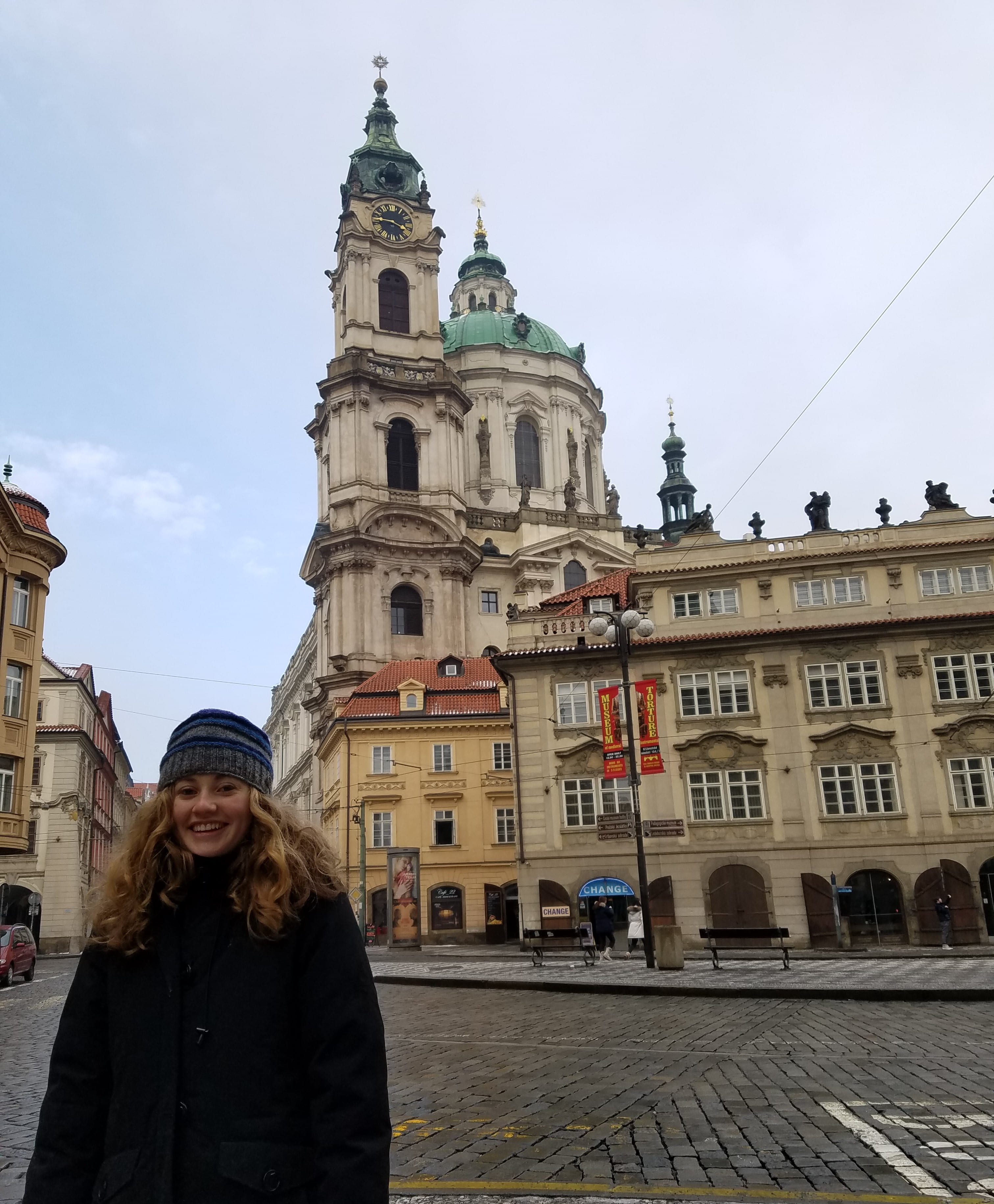
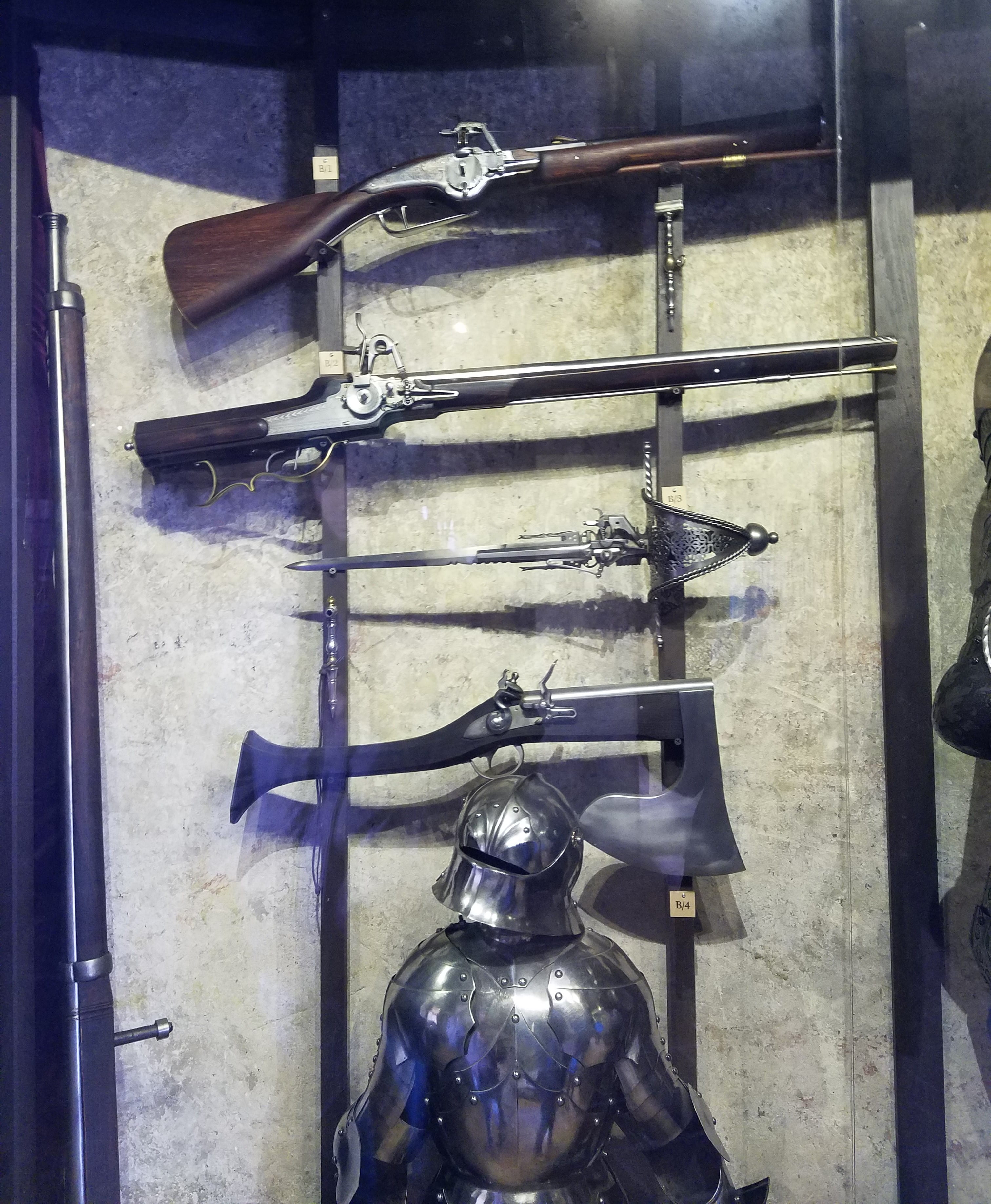
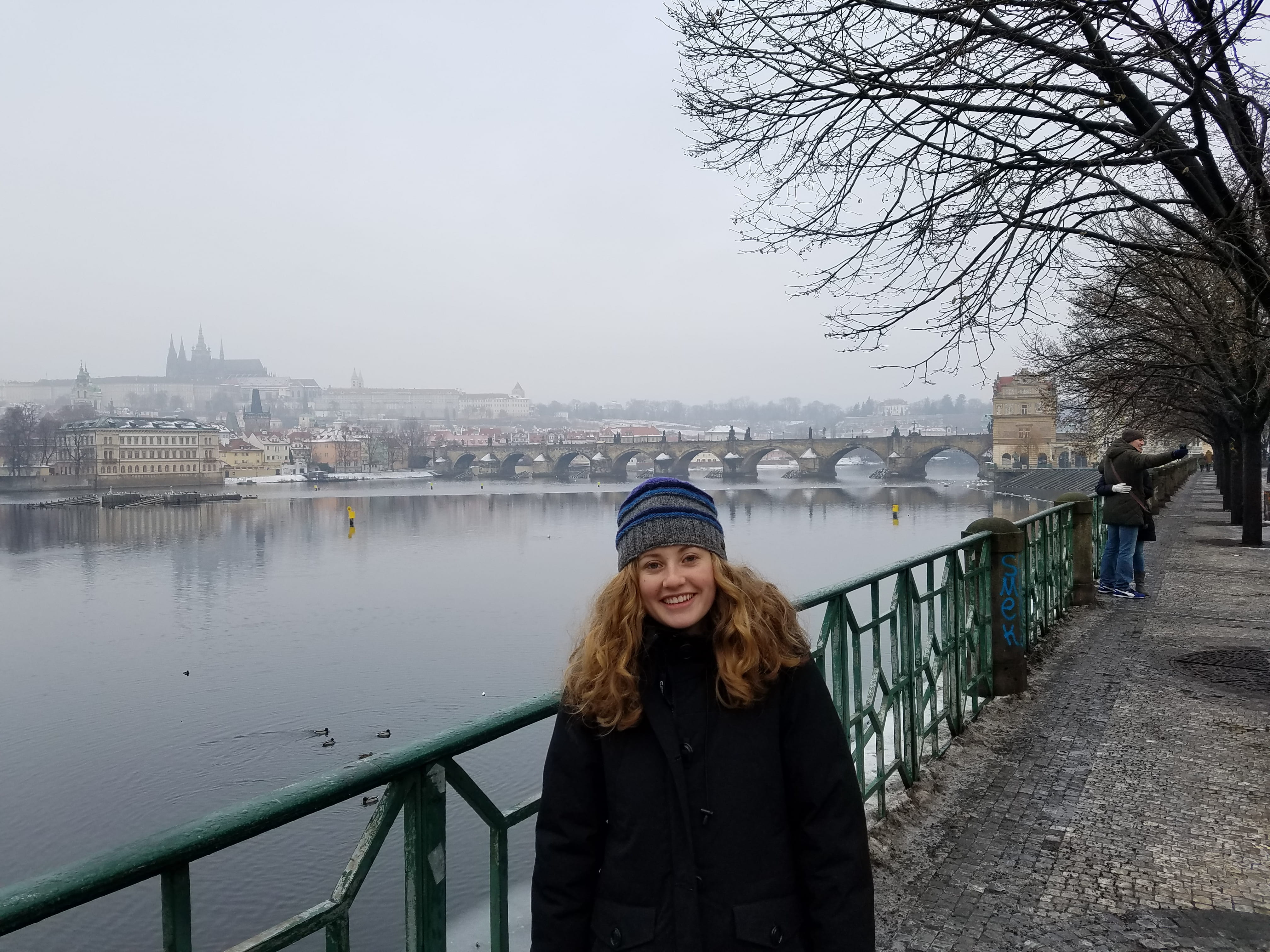
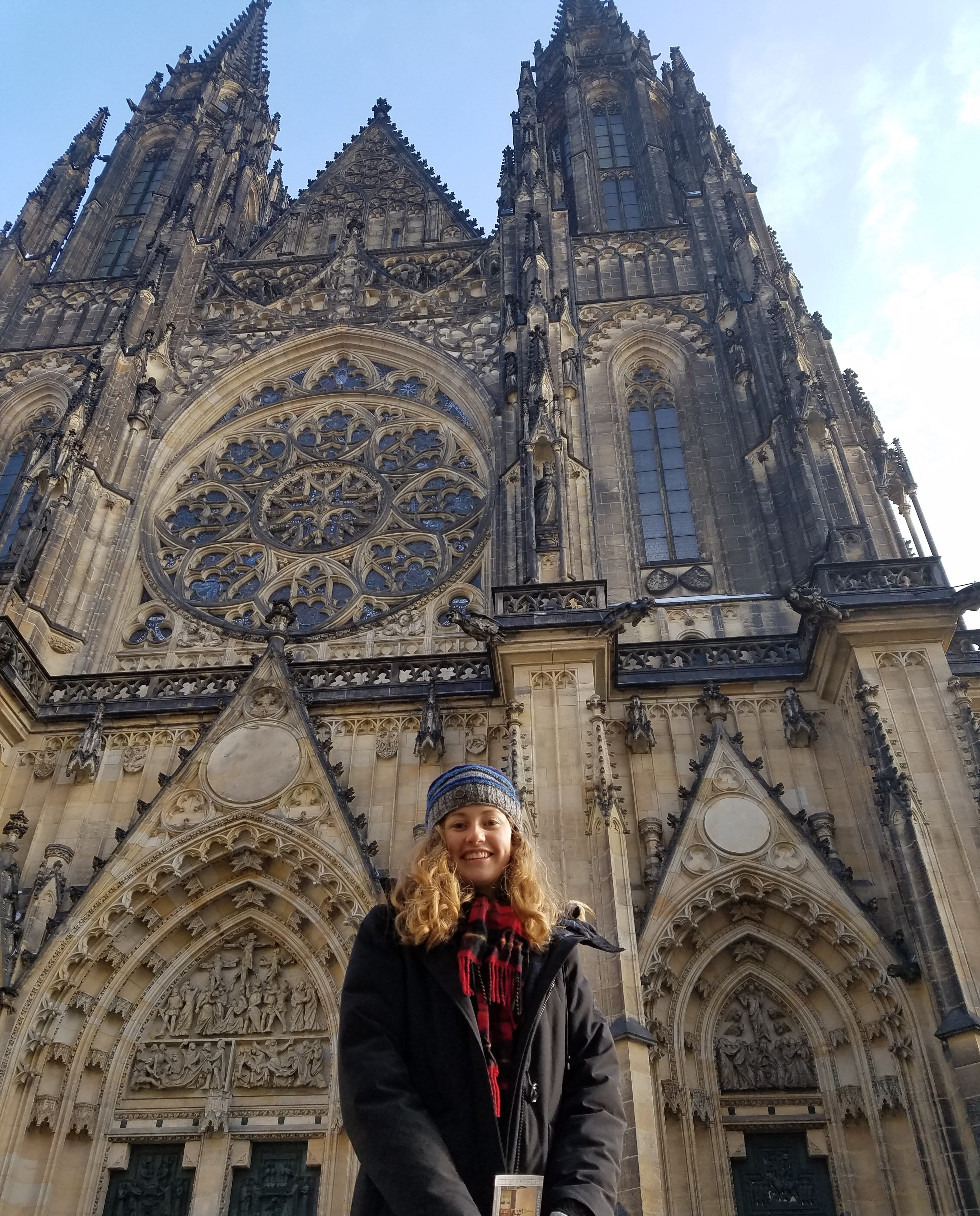

 Romain Amuat is studying Electrical and Computer Engineering. In addition to having a talent for making everyone he interacts with laugh, he is also incredibly driven and intelligent. His interview is as follows.
Romain Amuat is studying Electrical and Computer Engineering. In addition to having a talent for making everyone he interacts with laugh, he is also incredibly driven and intelligent. His interview is as follows.
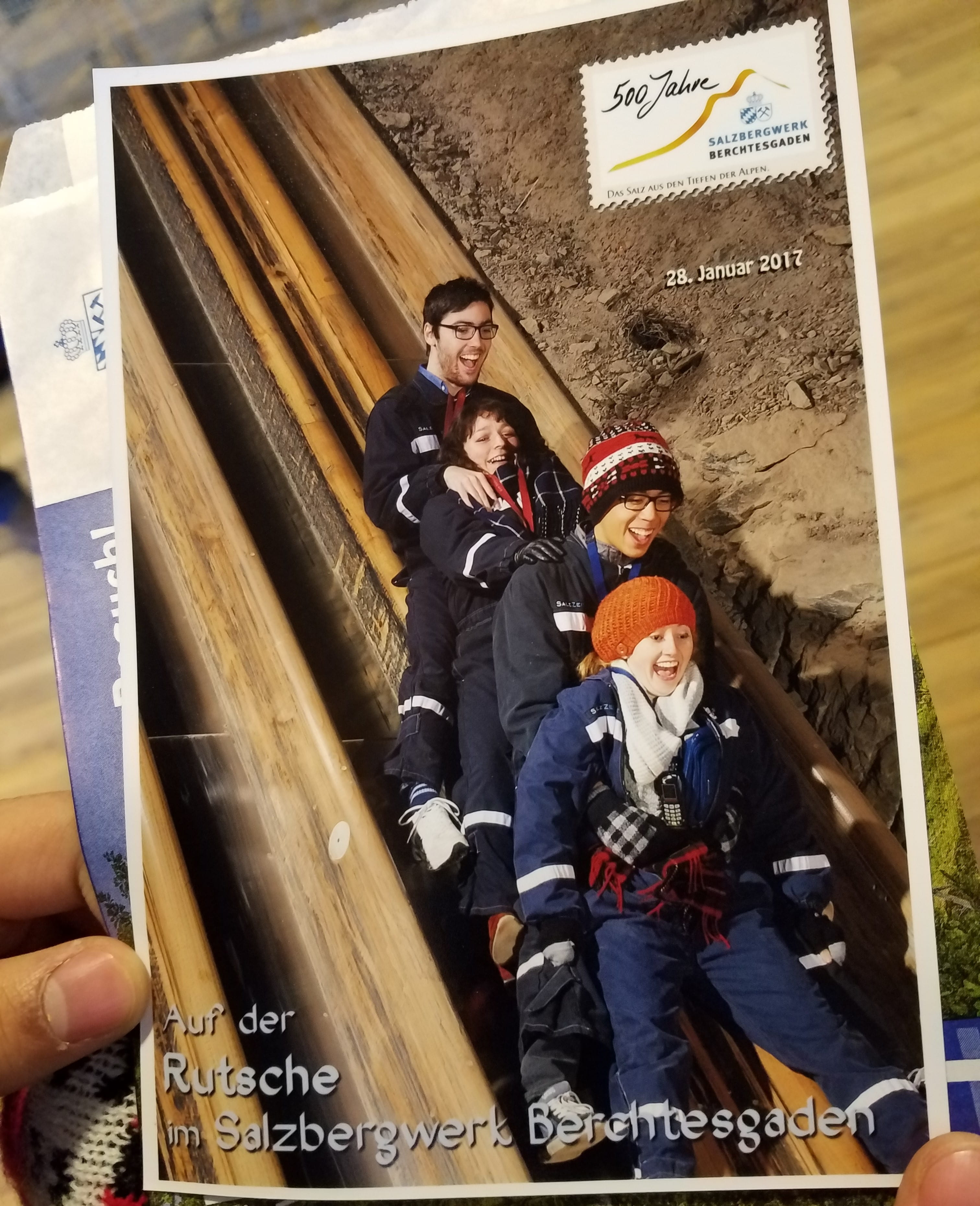
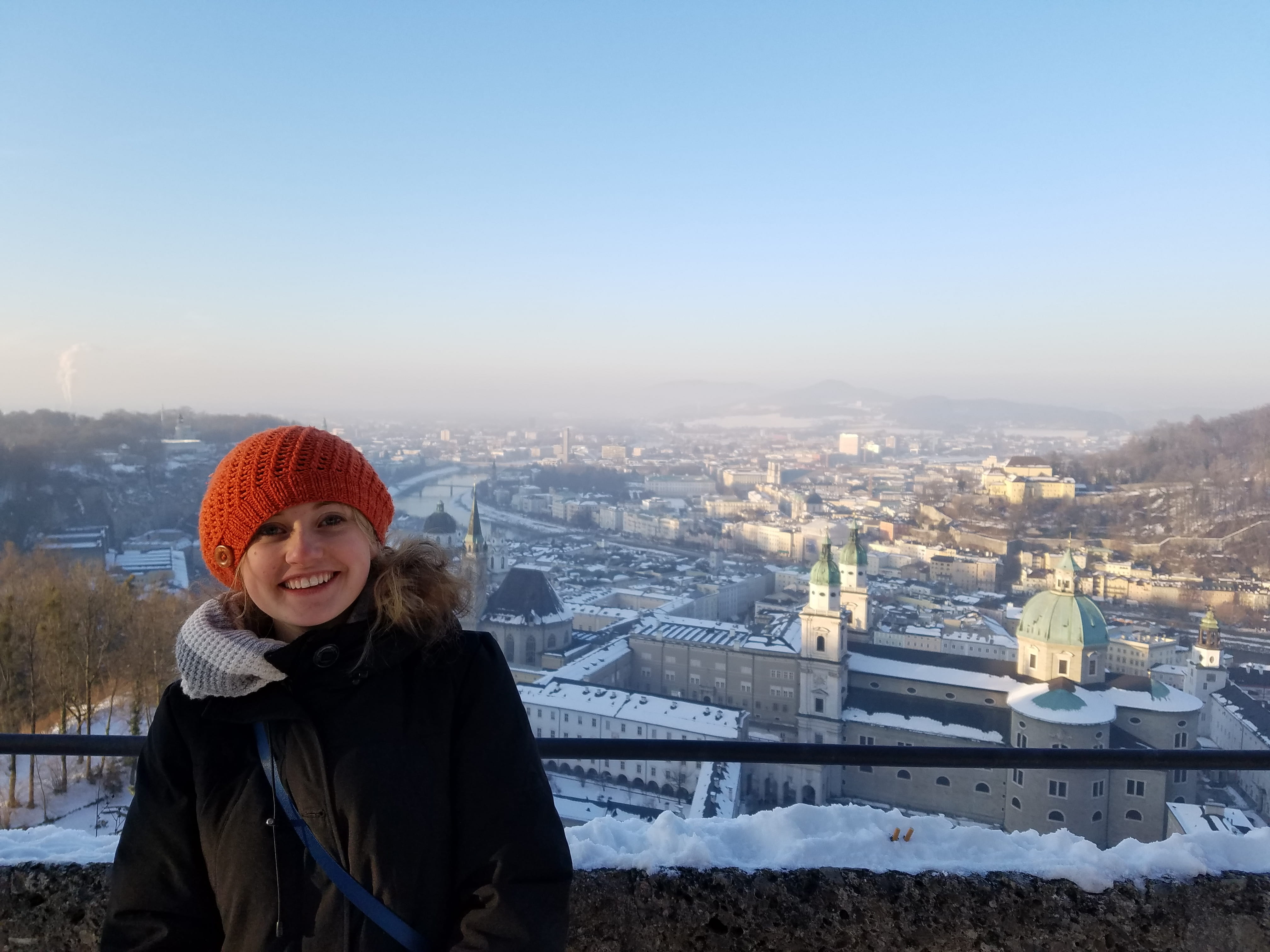
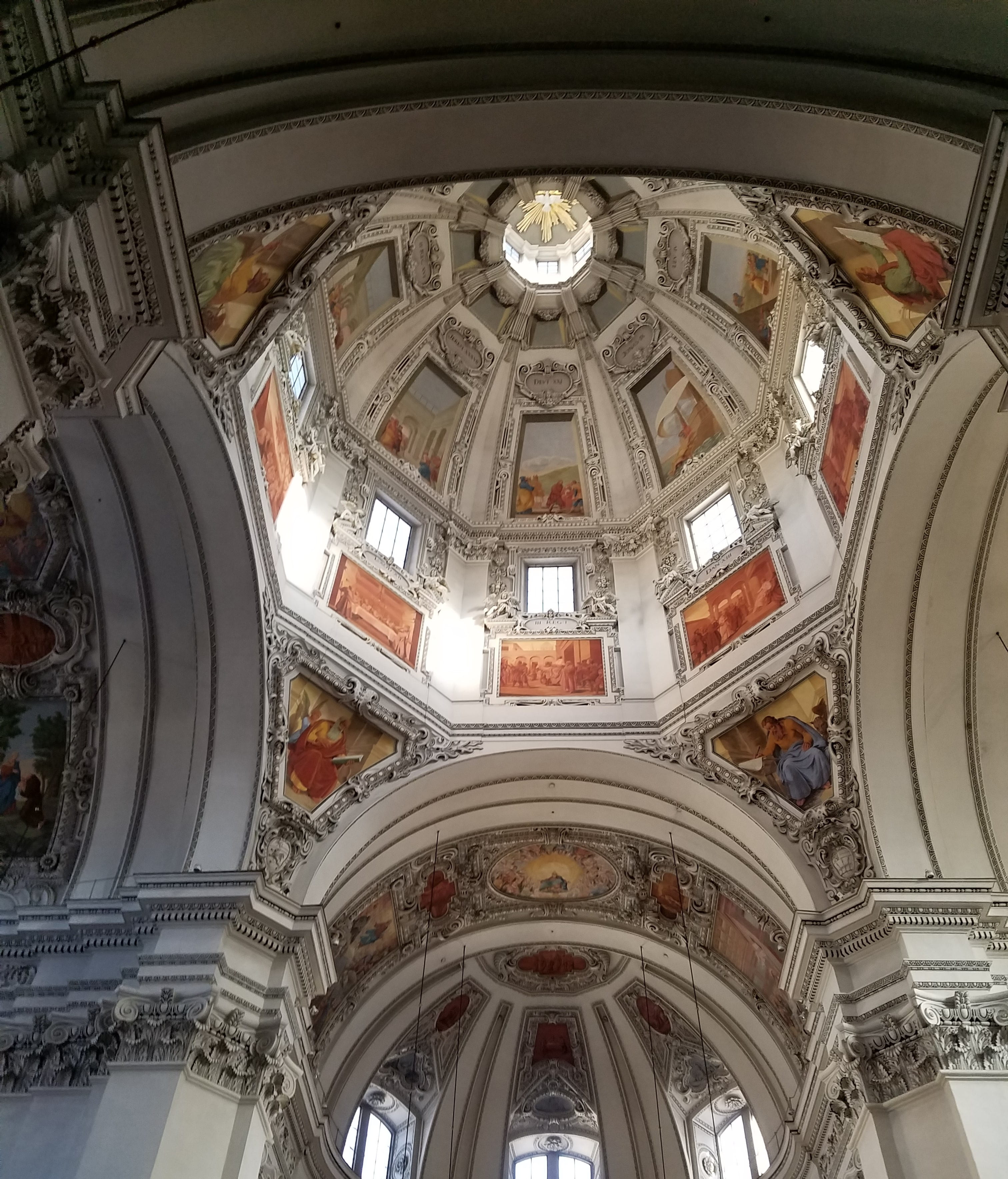
 few words to describe Sahithi Bonala, an RA here at GTL. I had the pleasure of interviewing Ms. Bonala, and I started off our conversation with a couple basic umbrella questions about different aspects of her life. For Sahithi’s spring semester at GTL, she is taking ECE 3084, ECE 2036, ISYE 3770 (statistics), and COE 2001 (statics). She admitted that, as most undergraduate students, she isn’t quite sure what she wants to do after college. However, she does have a special interest in low level software, so she would “like to work in the realm of embedded systems, but that’s about it.” In her free time, Sahithi also likes to dance, and she has recently taken up journalism as a hobby. With that, I was on to getting to know a bit about a pretty awesome GTL RA!
few words to describe Sahithi Bonala, an RA here at GTL. I had the pleasure of interviewing Ms. Bonala, and I started off our conversation with a couple basic umbrella questions about different aspects of her life. For Sahithi’s spring semester at GTL, she is taking ECE 3084, ECE 2036, ISYE 3770 (statistics), and COE 2001 (statics). She admitted that, as most undergraduate students, she isn’t quite sure what she wants to do after college. However, she does have a special interest in low level software, so she would “like to work in the realm of embedded systems, but that’s about it.” In her free time, Sahithi also likes to dance, and she has recently taken up journalism as a hobby. With that, I was on to getting to know a bit about a pretty awesome GTL RA!